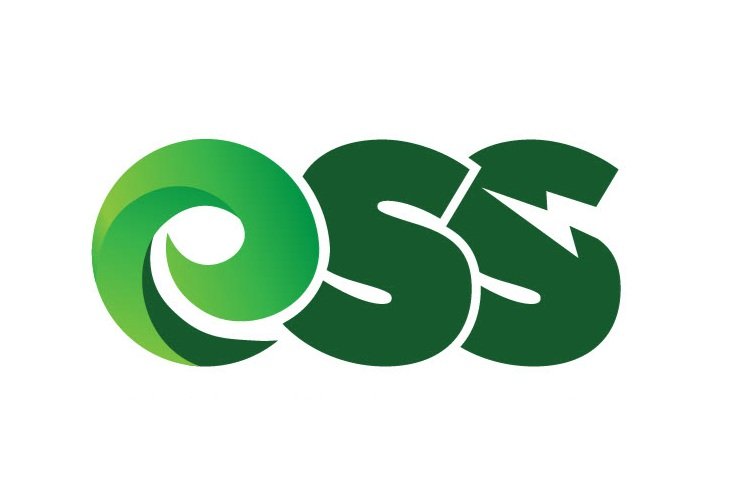Cost-Benefit Analysis of Solar Installation: Extended Edition
Introduction
Solar energy is more than just a trend; it's a sustainable solution for the future. But let's get real—what's the cost-benefit analysis look like? In this extended article, we'll dive deep into the numbers, the long-term gains, and yes, the initial costs. We'll also explore government incentives, tax benefits, and the environmental impact. Buckle up!
Why Solar Energy? 🌞
Solar energy is clean, renewable, and incredibly efficient. But don't just take our word for it. Check out this spider plot comparing solar energy to traditional energy sources.

The Efficiency Factor
Solar panels can convert up to 22% of sunlight into electricity. That's a game-changer when you compare it to the efficiency of fossil fuels, which hovers around 33-45%.
Sustainability Matters
Solar energy doesn't produce harmful emissions, making it a sustainable choice for the long term. Plus, solar panels have a lifespan of 25-30 years, reducing waste.
The Initial Investment 💰
Solar installations come with an upfront cost. But how does it stack up against the benefits? Here's a bar graph to give you a quick overview.

Government Incentives
Many governments offer incentives to reduce the initial cost of solar installations. In the U.S., the federal solar tax credit can cover up to 26% of the cost.
LIVE IN UT? CHECK OUT THIS BLOG POST —> Is Solar Worth The Cost in Utah?
Financing Options
From solar loans to power purchase agreements, there are multiple financing options available to make solar energy accessible!
The Long-Term Benefits 📈
The initial cost might make you hesitate, but the long-term benefits are where solar energy really shines. Over time, you'll see significant energy savings, and let's not forget the positive impact on the environment.
Tax Benefits
In addition to federal tax credits, many states offer additional tax benefits for solar installations, further increasing your ROI.
Crunching the Numbers 🧮
When it comes to solar energy, the numbers speak for themselves. Here's a breakdown:
Initial Cost: Around $8,000
Annual Maintenance: Approximately $200
Annual Energy Savings: Up to $4,000
ROI: Sky-high at $10,000
The Break-even Point
Most homeowners reach the break-even point within 5-7 years, making solar energy a wise investment for the future.
Frequently Asked Questions (FAQ)
-
The cost benefits of solar energy include significant long-term energy savings, increased property value, and various tax incentives. Plus, you're reducing your carbon footprint!
-
The cost-benefit ratio of solar panels is highly favorable. Most homeowners reach the break-even point within 5-7 years, and the ROI can be as high as $10,000 over the lifespan of the panels.
-
The cost analysis for solar panel installation varies but expect an initial investment of around $8,000. Annual maintenance is about $200, while annual energy savings can be up to $4,000.
Real-Life Examples 🏡
Meet Sarah, a homeowner who switched to solar energy last year. She's already seen a 40% reduction in her energy bills. And guess what? Her property value has increased too!
More Examples
John, another solar convert, used a solar loan to finance his installation. He's now enjoying free electricity, and the loan will be paid off in less than 10 years.
Conclusion 🎯
Solar energy is more than just an eco-friendly option; it's a smart financial move. With substantial long-term benefits, an ever-decreasing initial cost, and various incentives, there's never been a better time to go solar. There you have it! A comprehensive, extended guide to the cost-benefit analysis of solar installation. Ready to make the switch? 🌞💡




